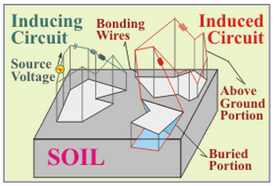FouNation
Electrical
- Jul 20, 2023
- 3
How could I plot current flowing in a conductor, with x-axis being the distance from the origin of the conductor and the y-axis being the value of current flowing at this segment ? I am using CDEGS HIFREQ in order to design cables

